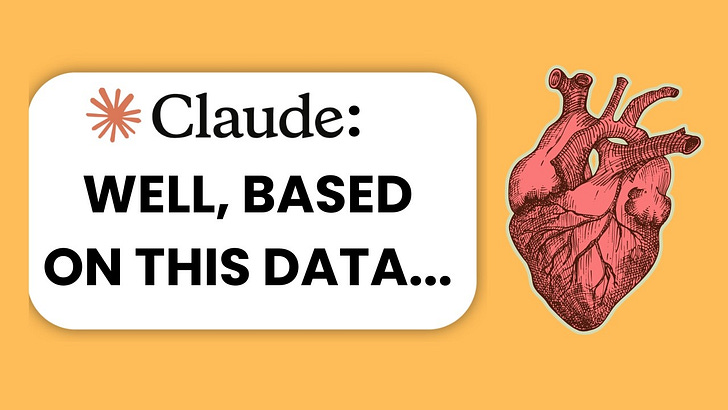Today, I want to share an exciting breakthrough in how I'm using AI, specifically Claude, to optimize my health and training. Whether you're a seasoned developer or just getting started with AI, this case study demonstrates the incredible potential of AI for personal optimization.
The Challenge: Understanding Complex Health Patterns
As an engineer and data enthusiast, I track everything - sleep patterns through my Oura ring, workout data via the Strong app, and various other health metrics. Recently, I noticed a concerning pattern: waking up at 1-2 AM feeling completely refreshed, despite going to bed at 8:30 PM. While this seemed great for productivity (hello, 16-hour workdays!), I knew it wasn't optimal for long-term health.
Enter Claude: My AI Health Analyst
Here's where things get interesting. I've been using Claude in a way that goes far beyond simple queries. By leveraging Claude's projects feature, I created a comprehensive health analysis system. Here's how:
Key Components:
Detailed personal context (age, height, training history)
Transcripts from scientific lectures (like Dr. Andy Galpin's series)
Export data from Oura ring (sleep metrics, HRV, readiness scores)
Workout data from Strong app
The Power of Advanced Prompting
First, let me debunk a common myth: if you're using 20-word prompts with AI, you're doing it wrong. I've developed extensive prompts that include:
Detailed personal context
Training history and goals
Scientific background from expert sources
Current challenges and limitations
Real Results: Data-Driven Insights
By analyzing my combined health data, Claude identified several critical patterns:
Key Findings:
Clear correlation between sleep duration and next-day readiness
HRV dropping from baseline 40ms to 29ms, indicating systemic fatigue
Training intensity (going to failure) was too high for optimal recovery
Sleep quality declining despite consistent bedtime
Actionable Recommendations
Based on this analysis, Claude provided specific, data-backed recommendations:
Reduce training volume by 20-30%
Stop 2-3 reps short of failure
Target minimum 7.5 hours of sleep
Implement a deload week at 60% of working weights
Monitor morning HRV as a recovery indicator
Why This Matters for DevOps Professionals
This approach to using AI demonstrates key principles that apply to our work in tech:
Data-driven decision making
Systems thinking and integration
Automated analysis of complex datasets
Continuous monitoring and adjustment
Your Turn: Getting Started with Advanced AI Usage
Want to leverage AI for your own optimization? Here's how to begin:
Start collecting relevant data (any metrics that matter to you)
Create detailed context documents for your AI projects
Learn to write comprehensive prompts
Integrate multiple data sources for richer insights
I've made all my prompts and setup available in my free community. Join us to access these resources and learn how to leverage AI for your own optimization journey.
Until next time,
Mischa
P.S. I'll be sharing updates on how this recovery program affects my metrics. Stay tuned!



